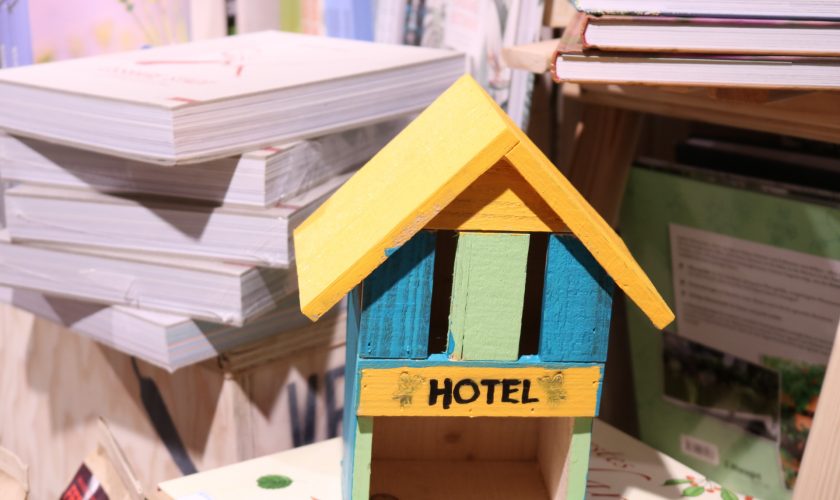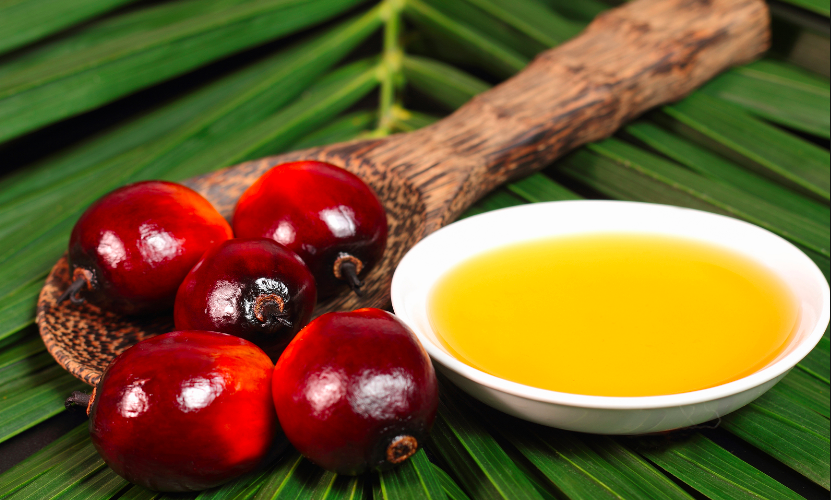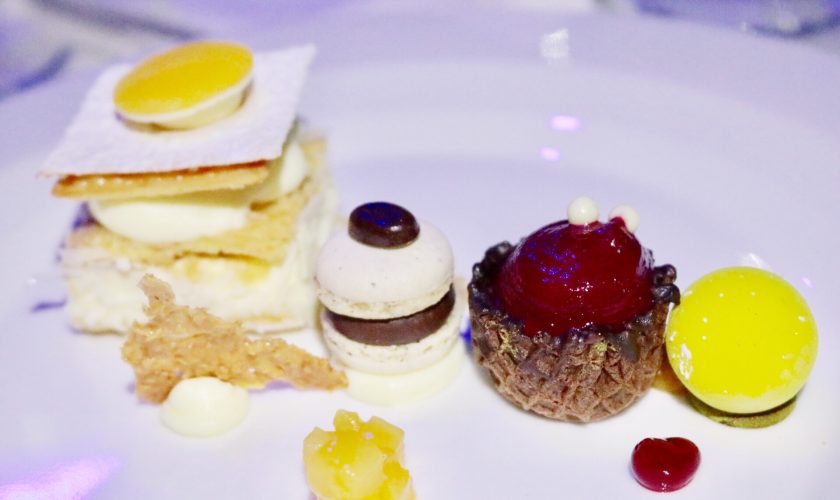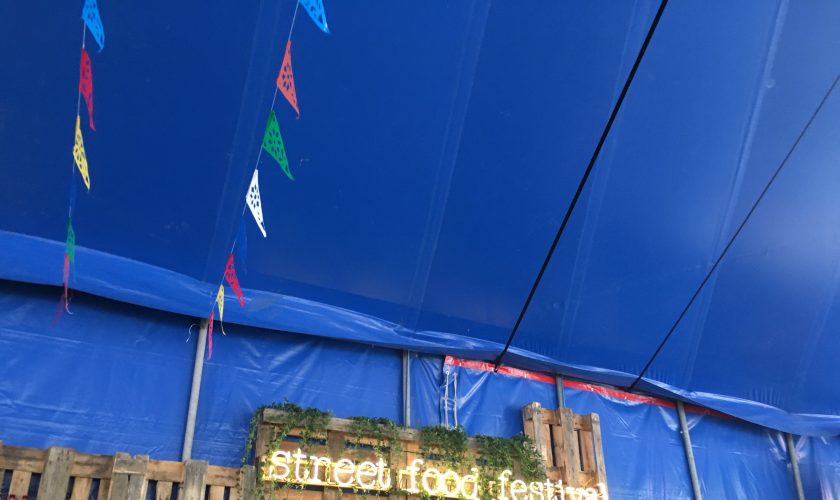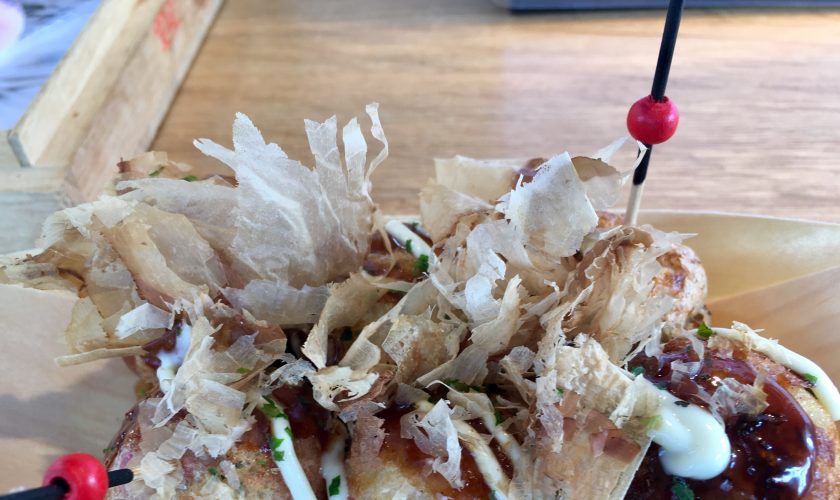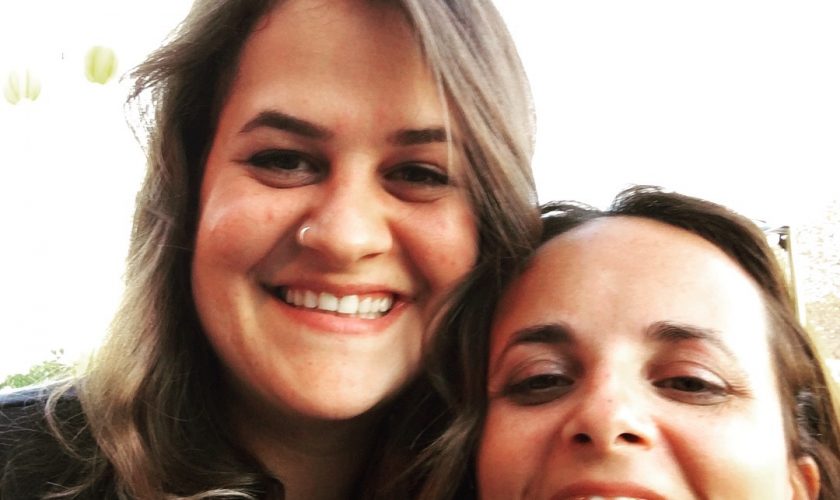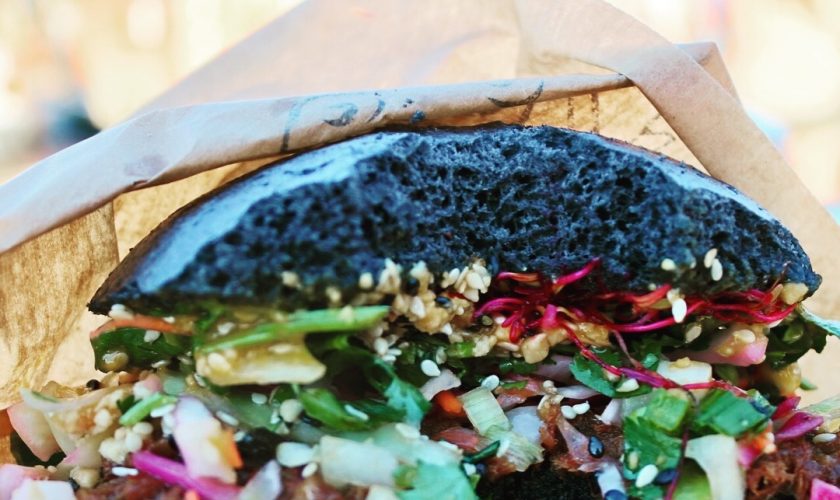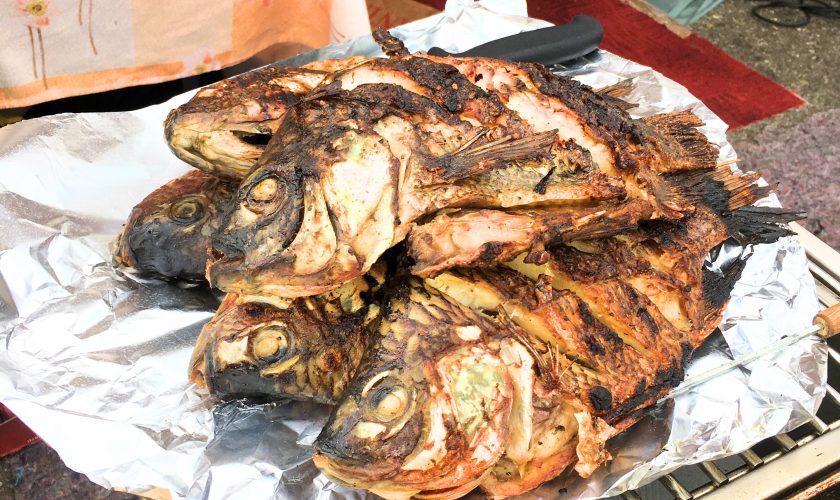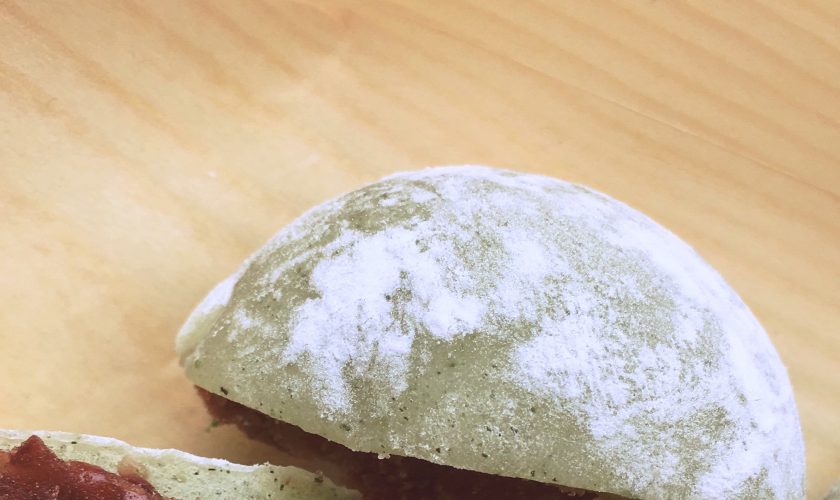Winter is made for cozy nights at home under the blanket. Prepare your popcorn, ice cream, and chips, I will serve you the right entertainment!
Here comes my personal guide on movies you need to have seen at least once! Find a mix of old movies dated back in 1973 as La Grande Bouffe as the Hollywood classic Burnt with Bradley Cooper and much more! A yummilicious entertainment Foodies!
1. Foodie Love
This series is an eight-part drama series produced by HBO Europe in Spain. It follows two thirty-somethings after they meet on a foodie mobile dating app. They embark on a gastronomic journey, learning about each other through the mediums of jamón, ramen, and fine dining from around the world. Yet while they bond over a shared devotion to Japanese yuzu and a distaste for foodie pretension, their insecurities and doubts fueled by the scars of their previous relationships may prevent them from tasting true love.
Watching this series makes me want to travel right away to all the fantastic places shown. I would give it 5 Star since it is entertaining, explorative, and even educational at a certain point. Watch it here.
2. The Game Changers
Lewis Hamilton and Novak Djokovic – are both top athletes in their discipline. And both live vegan. How is that possible? The Netflix documentary explores this very question through numerous athletes. And it triggered a heated debate on the subject of veganism. The documentary is definitely worth watching, even if you don’t want to renounce meat consumption. I like!
3. Burnt – Intoxicated by the Stars
Hollywood beau Bradley Cooper is a rock star chef like Adam Jones, but then loses his job in Paris and tries to start over in London. In his friend’s restaurant, he finally wants to win three Michelin stars. Despite some bad reviews, the film authentically shows the energy and stress in a top kitchen. The cast is also outstanding: Sienna Miller, Omar Sy, Daniel Brühl, Alicia Vikander, Uma Thurman, and Emma Thompson are part of the cast. Among the film’s culinary advisors was Briton Gordon Ramsey, famous for his legendary failures in the kitchen. Bradley Cooper plays the angry chef quite convincingly.
4. Le Chef
A veteran chef faces off against his restaurant group’s new CEO, who wants the establishment to lose a star from its rating in order to bring in a younger chef who specializes in molecular gastronomy. It’s a very amusing soufflé of a comedy that pokes fun at foodies while honouring the art of those who cook for them. This very light French foodie comedy with Jean Reno is a must-watch for foodies!
5. La Grande Bouffe
This is absolutely one of my favourite ones. It’s a Franco-Italian film directed by Marco Ferreri in 1973. It’s a satire of consumerism and the decadence of the bourgeoisie, the film tells the story of a group of friends who decide to eat themselves to death. It won the prestigious FIPRESCI prize after its controversial screening at the Cannes Film Festival. What a wonderful way to spend the last hours alive, no?
6. Jiro Dreams of Sushi
The chef of the small sushi restaurant “Sukiyabashi Jiro” in central Tokyo, Jiro Ono, became world-famous through this film, and director David Gelb was also able to launch his career in the food film business with it: Gelb is producing “Chef’s Table” for Netflix. The series has had a lasting impact on the aesthetics of filmed food. In the quiet, almost meditative sushi film, Jiro Ono is accompanied; it is at the same time a portrait of the then 85-year-old, but also a philosophical examination of the craft. Enjoy!
7. Julie & Julia
The film portrays two women: Julia Child (Meryl Streep), who discovers French cuisine by chance in Paris in 1949, rather out of boredom, and later writes a kind of standard work for the home with an extensive cookbook. Young Julie Powell (Amy Adams) discovers Child and her work 50 years later, begins to recreate it, and turns it into a blog that soon goes viral. A wonderful, light, and funny film with historical depth and appetizing moments.
In the mood to find some delicious authentic Japanese food in Zurich? Check my food guide here!






